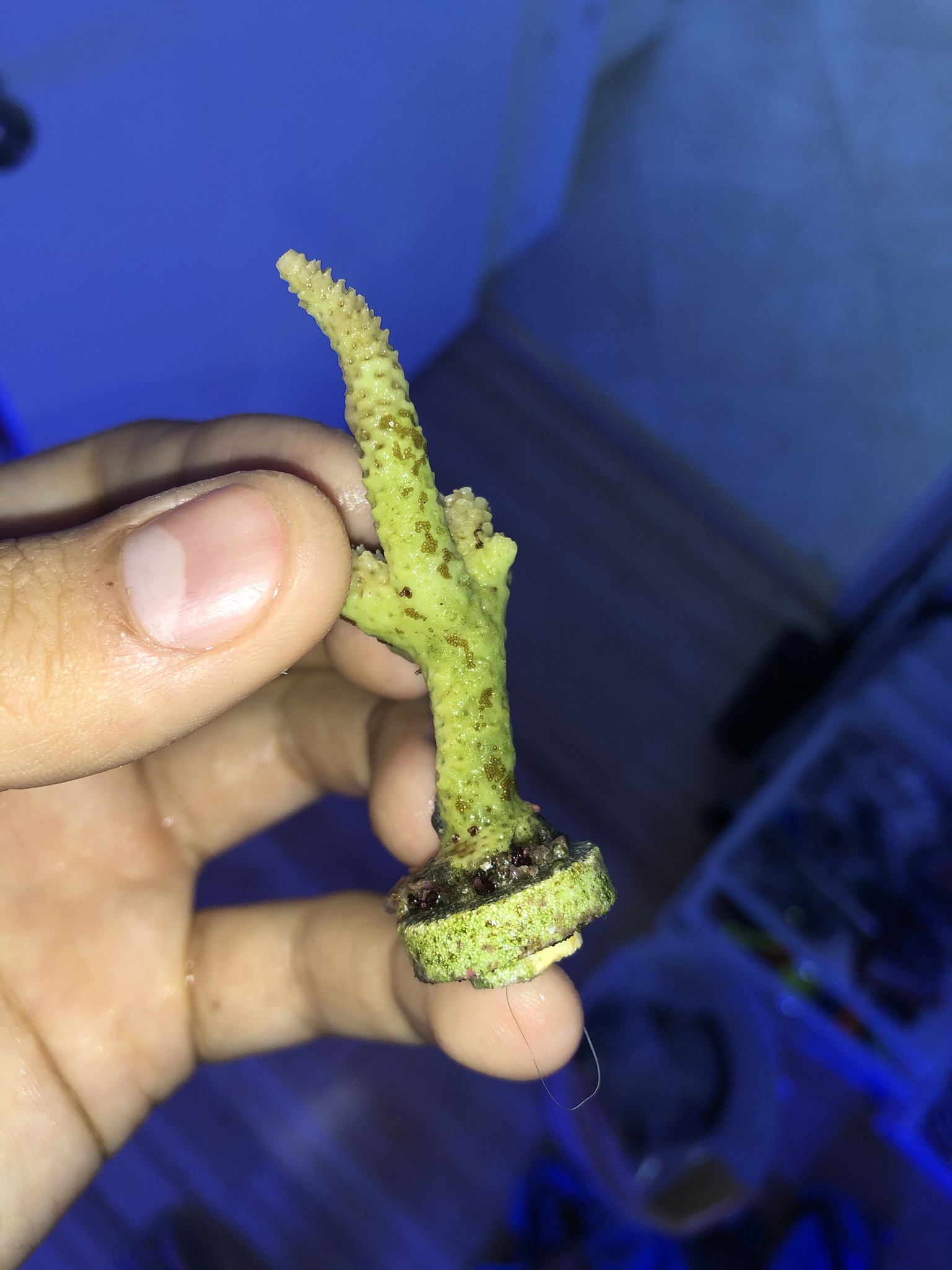I've wrote this as I want to share my experience with the dreaded pest that is Acropora Eating Flatworm (AEFW).
I encountered them in my own heavily stocked SPS tank, and on taking some advice from experienced reefers I was able overcome this pest and completely remove it from my system, using only natural means, and in my opinion the least stressful way for the corals. A friend has also just overcome a major infestation of AEFW in his tank using this method so I thought I would share this in the hopes it will help others overcome them too.
Obviously the best method of keeping these pests from entering your tank is to dip and quarantine each and every coral that you add to your tank.
I'm sure there are many other methods which people have been successful with, and in no way am I implying this is the best method, I simply want to share this in the hopes it may help others out.
For anyone that keeps Acropora SPS, the thought of having an infestation of these pests will give you cold sweats, I know it did for me anyway.
Here's a pic of my 5ft tank taken a month before I realized there was an issue:
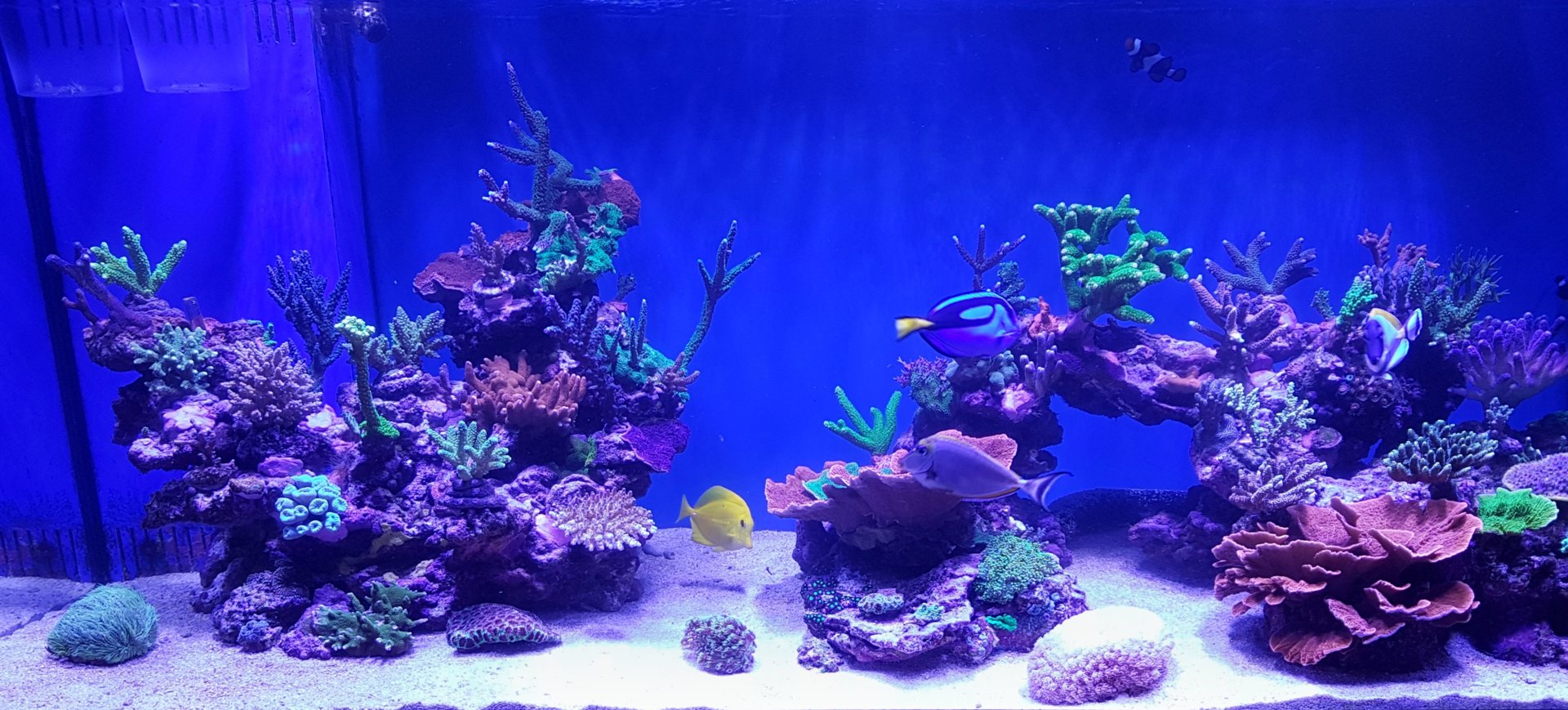
3 weeks after this photo was taken I noticed some patchy areas of bleaching on a plating Acropora. On closer inspection I noticed eggs at the base of the coral on the underside. I've highlighted the eggs below. Notice also the patchy white areas
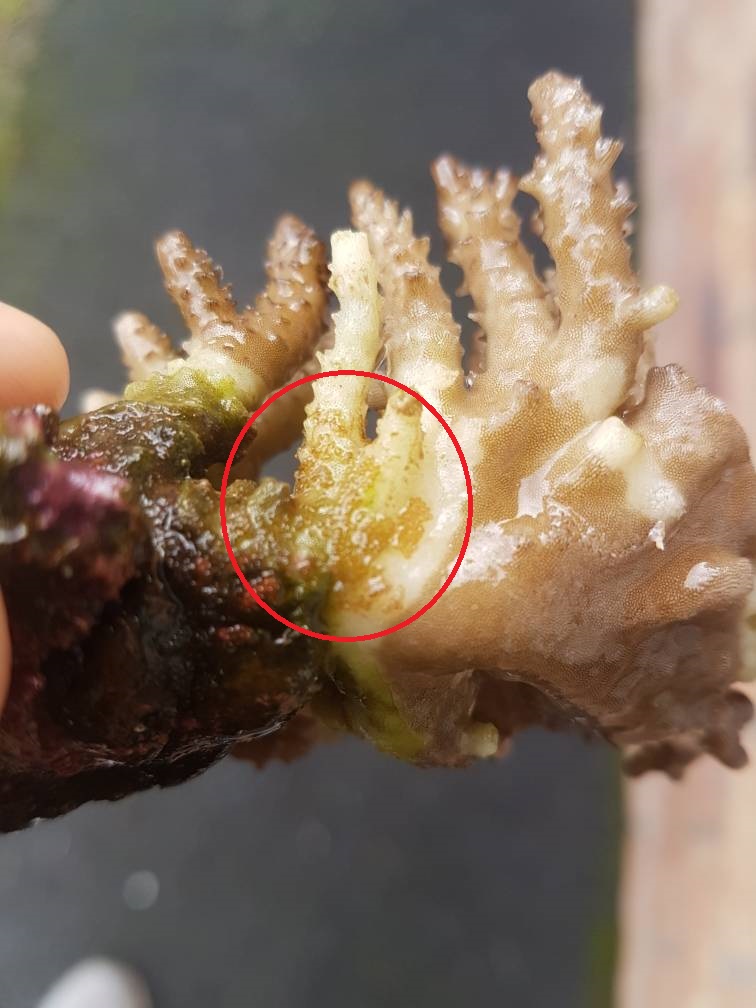
A coral dip produced some adult AEFW.
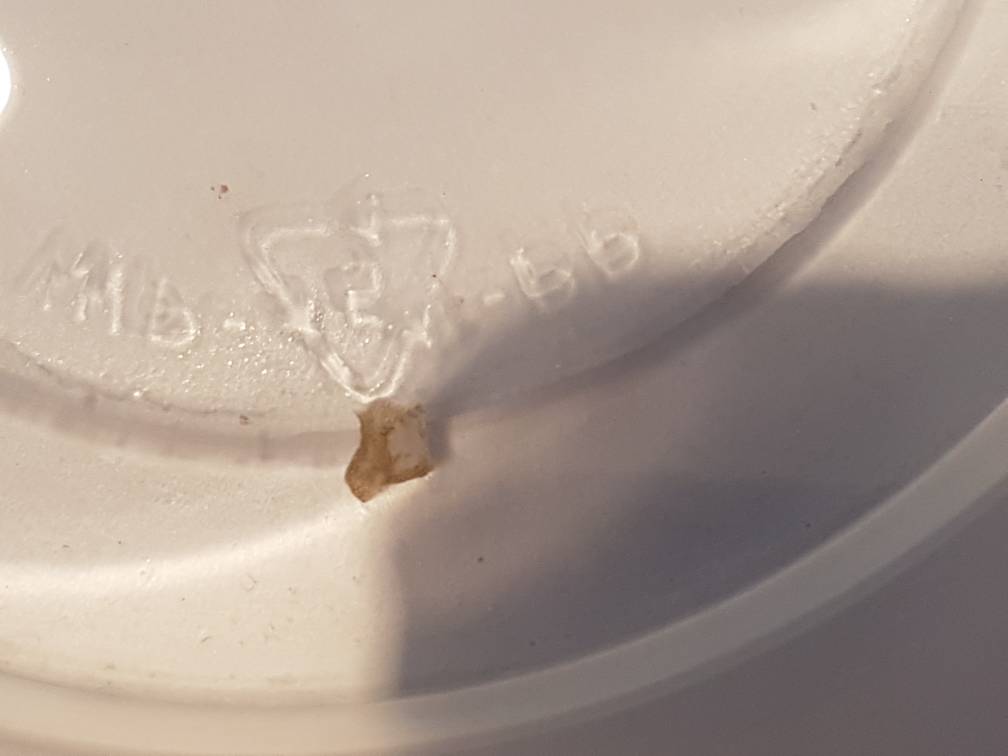
After dipping some Acropora colonies, no more FW were discovered, but after blowing down other colonies in my display using a turkey baster, I dislodged several large AEFW into the water column. I used the turkey baster to suck them back up and put them into a jar for closer inspection:
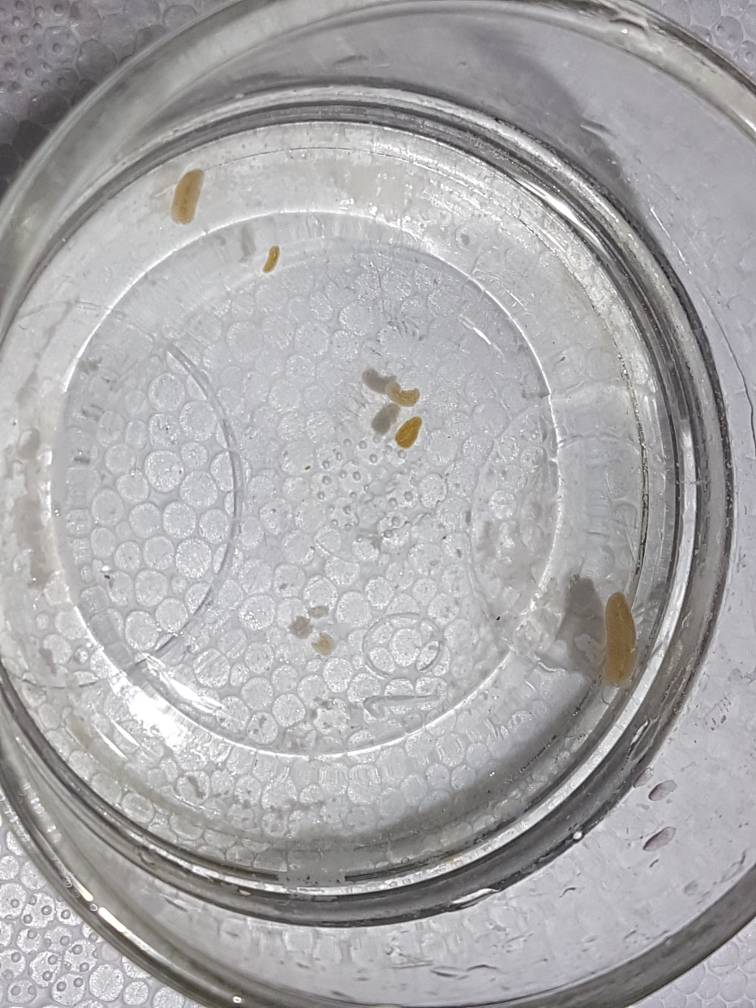
A nice close up photo of a AEFW:
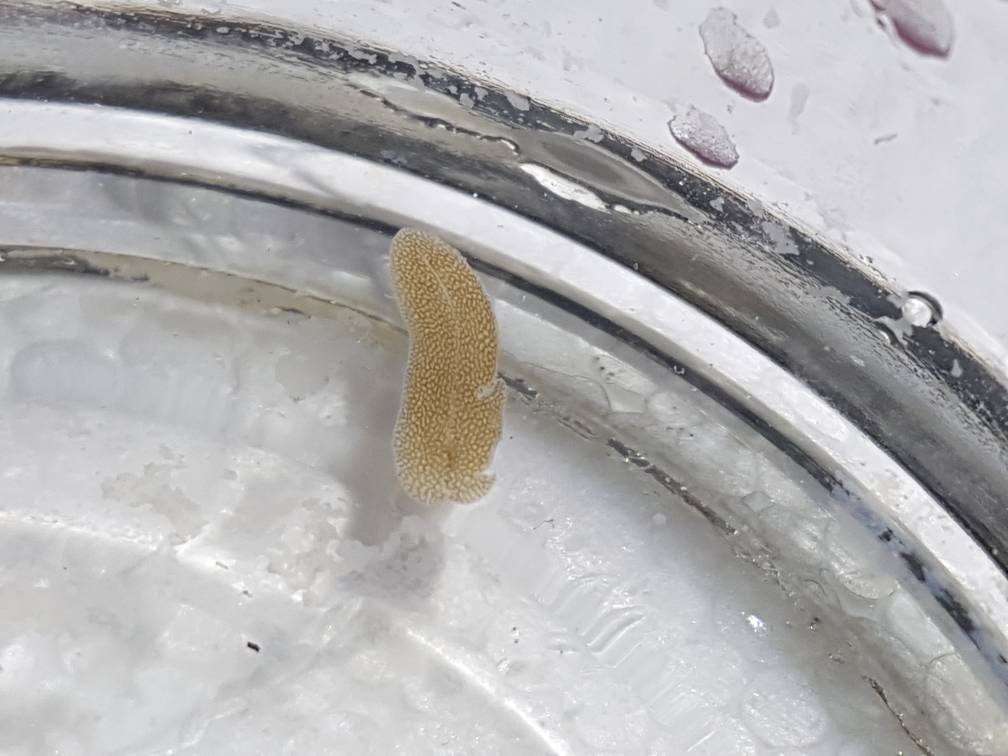
So it was pretty safe to say that I had a good dose of AEFW. So the realisation soon hit home that I had to act quickly to prevent these pests destroying my coral collection. I quickly searched the reef keeping forums for peoples experiences and heard all sorts including:
I contacted some experienced reefers and asked for their advice, some of them I had never contacted before. Thankfully all of them got back to me and offered their thoughts/advice. One reefer, who also had experienced them before, offered me his advice, which I thankfully followed and which I will share with you.
So first off, to know how to beat these pests you must understand their life cycle and how/when/where they can be defeated.
AEFW survive by eating the coral’s tissue and normally laying their eggs around the base of the coral skeleton as seen above. The eggs will hatch after 21 days of being laid. Here is a pic taken by myself of an AEFW and its eggs that were laid on the front viewing pane of my tank.
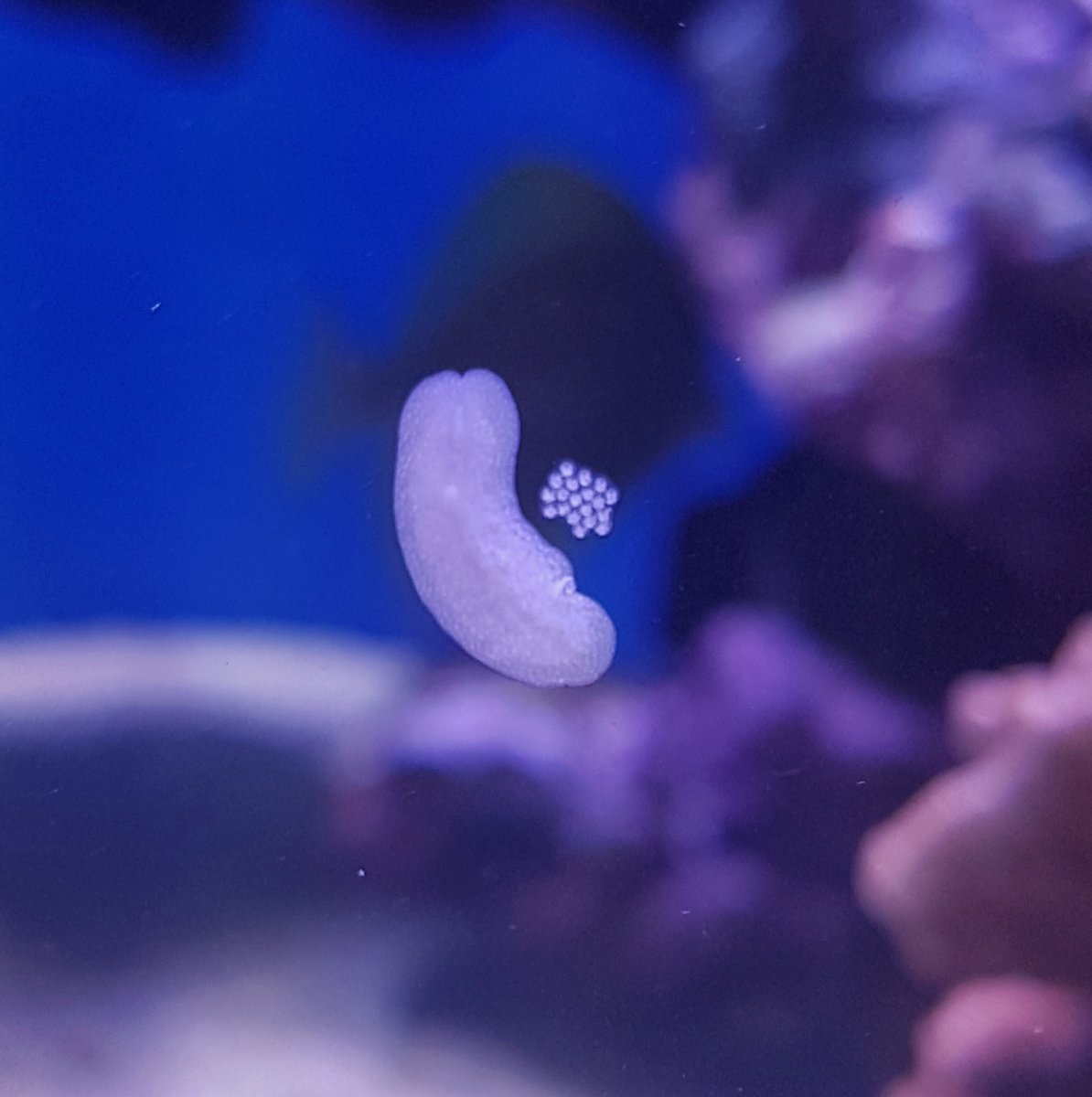
There are some natural predators known to eat the AEFW, including some wrasse species. But these fish will only eat the adult FW and not the eggs.
Dipping the coral will also be successful in killing the adults, but any eggs will be protected from the dip and will simply hatch again when back in your tank. Dips can also be stressful to your corals, which may already be in a weakened state due to being eaten by the FW.
Also, having some large Acro colonies which are well based out onto your rocks, removing them is simply not an option.
So the advice I was given was as follows:
1. Add some known AEFW eaters. Halichoeres Wrasse are a good start. I also found my leopard wrasse to a dedicated AEFW killer. Pic below is of my Xmas wrasse (Halichoeres claudia)
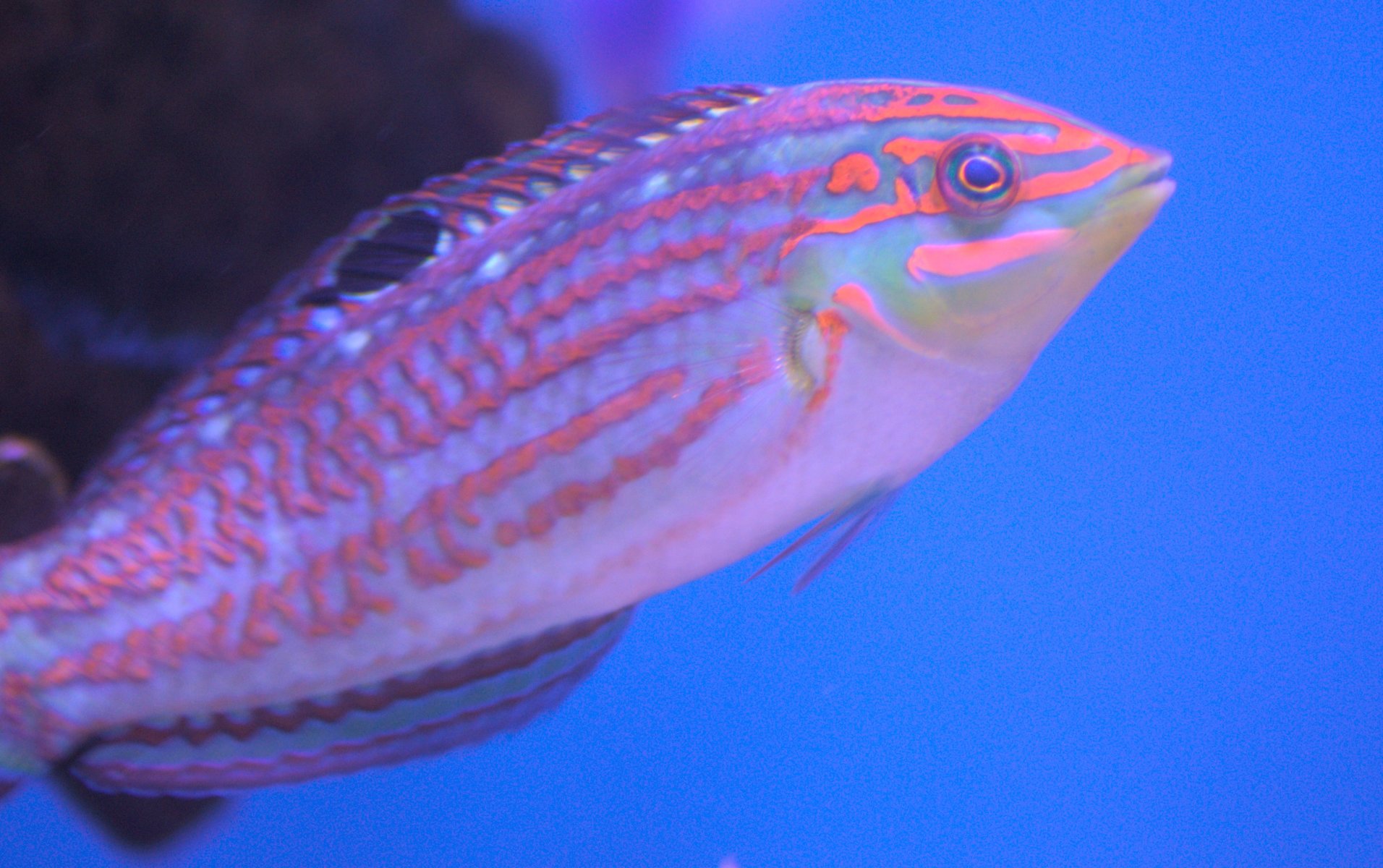
2. Add some Camel shrimp (Rhynchocinetes Durbanensis) these will eat any FW eggs they come across. I added 2, one of which is pictured
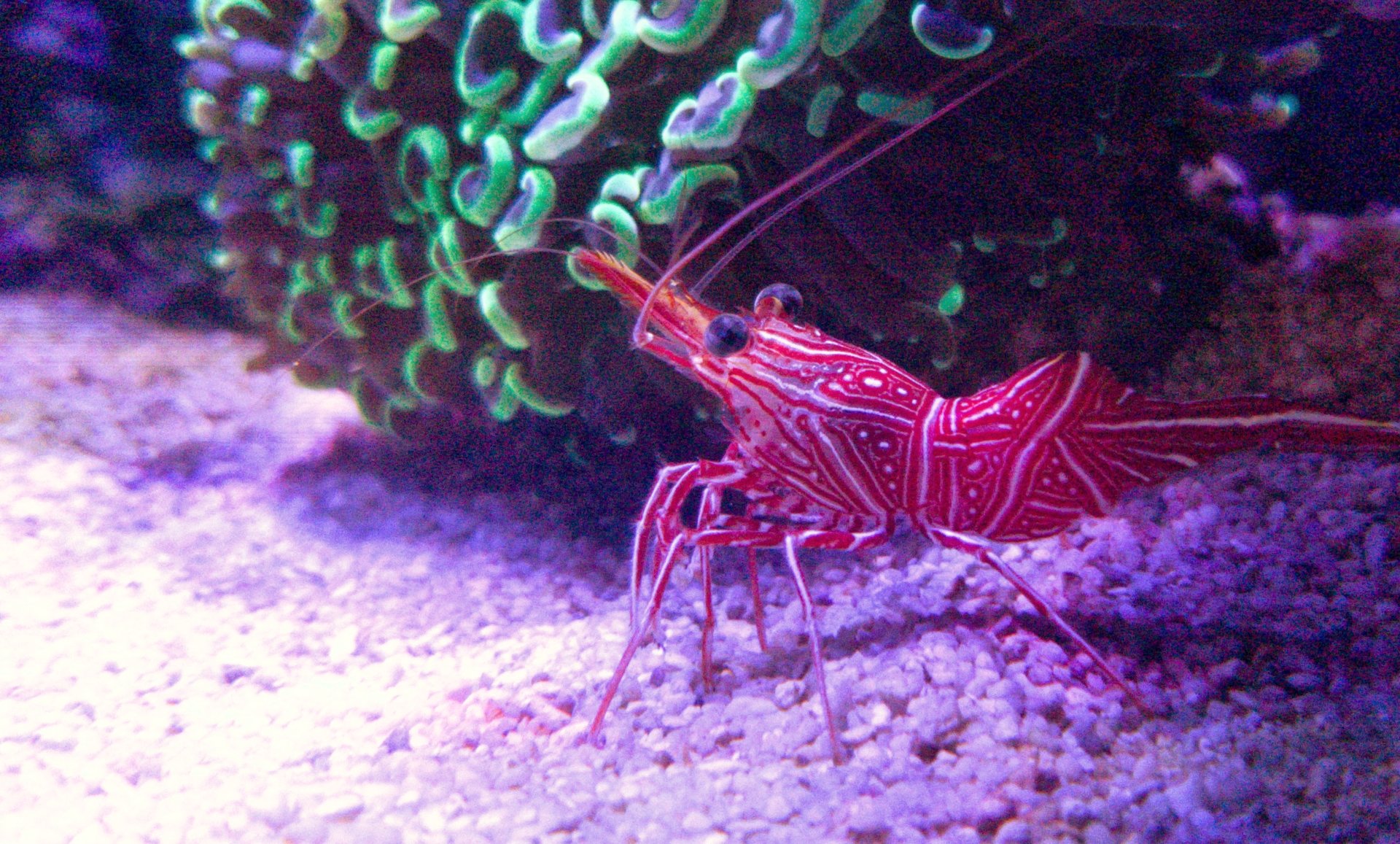
3. Add a small group of yellow tail blue damsels (Chrysiptera Parasema), these fish live amongst the corals in the wild and will pick at any FW living on the corals. I added 5 to my tank
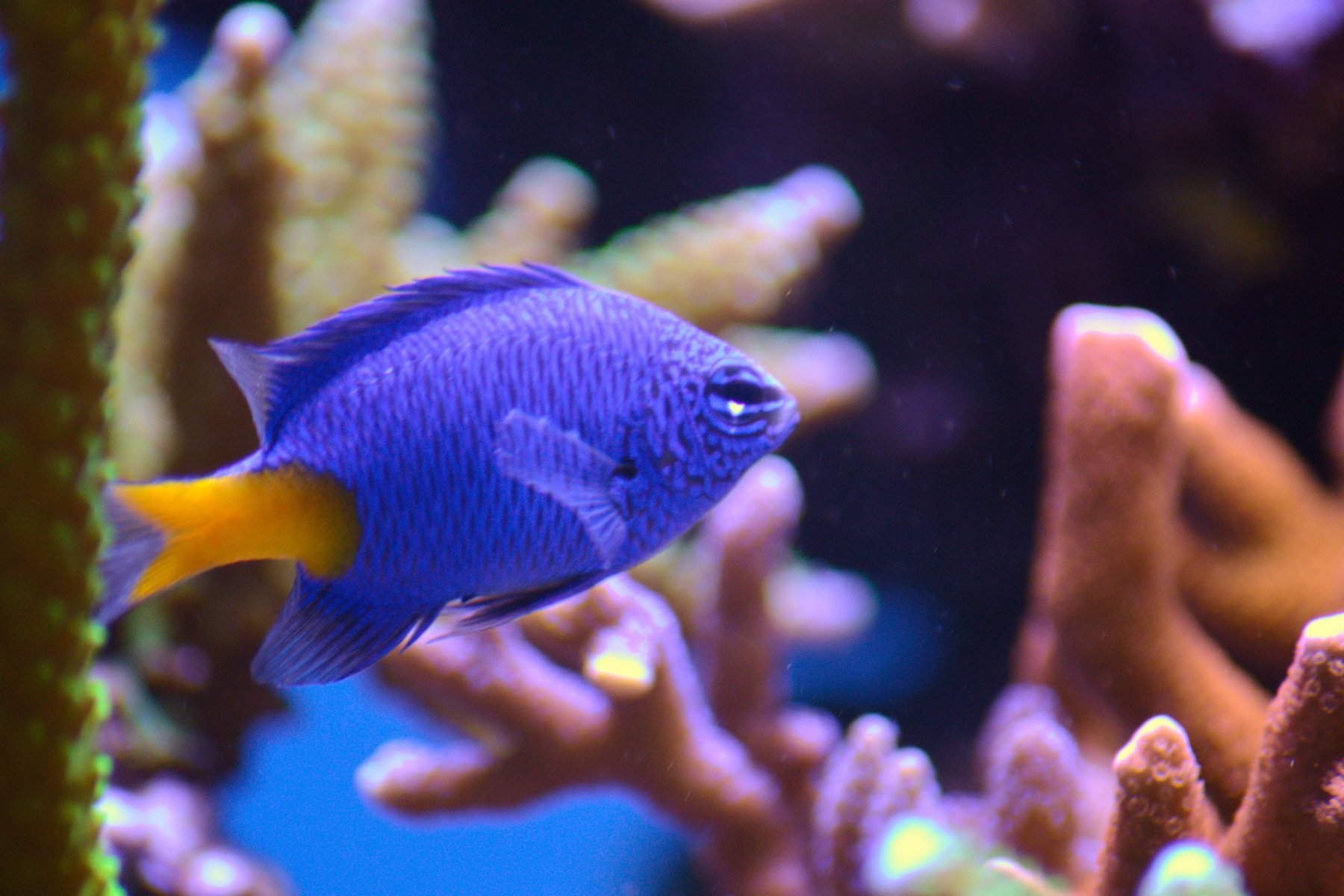
4. Blow down all your Acro corals using a turkey baster each evening.
So I added more Wrasse, the Damsels and the Camel shrimp. I was amazed at how many AEFW came off my corals when blown down with the turkey baster. I discovered that once the FW became dislodged and were free floating, all my fish became inquisitive and started to eat them. The FW eating was not just limited to my team of wrasse, my tangs also liked to get in on the action and ate them, much to my enjoyment!
I continued to blow down the corals each night, after a few days only a couple of AEFW were visibly being dislodged. This step was repeated each night for around 4 weeks after I saw my last FW, and every couple of weeks after that I would give the corals a good blow down to ensure the life cycle had been broken.
So in conclusion, this is the method that worked for me with minimal stress to the corals.
I hope anyone reading this finds it useful and I hope that no other reefer finds AEFW in their tank but the reality is very different unfortunately, and if you are one of the unfortunate souls then this is a method that may be utilized and I wish you well.
Here is a pic of my tank a few months after the infestation was first discovered. You can see how healthy the corals looked and had grown quite a bit.
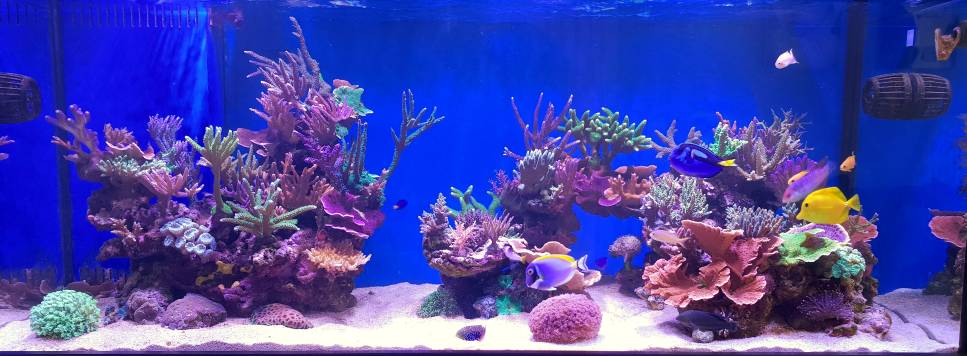
Some other shots showing the corals after the infestation
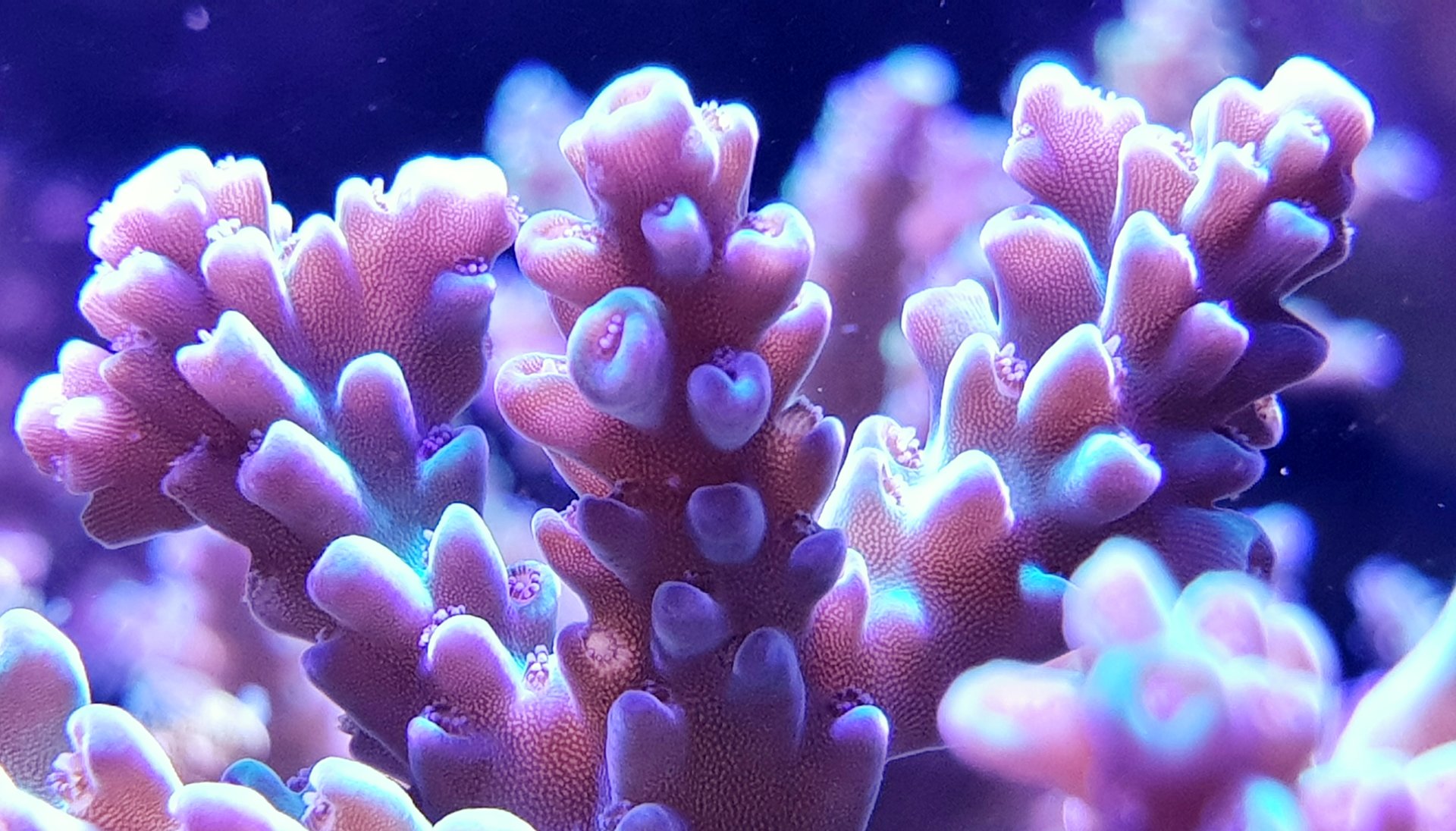
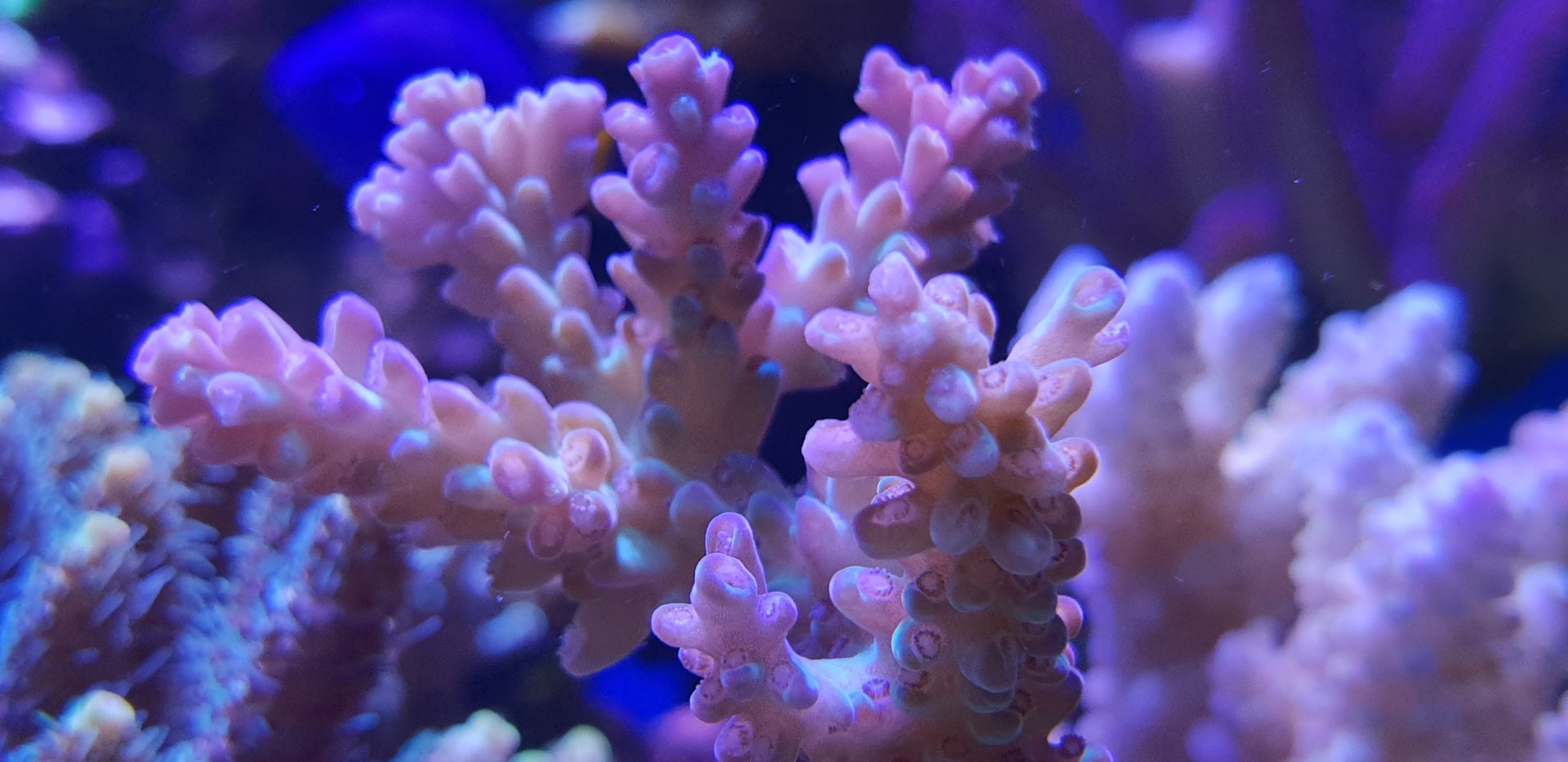
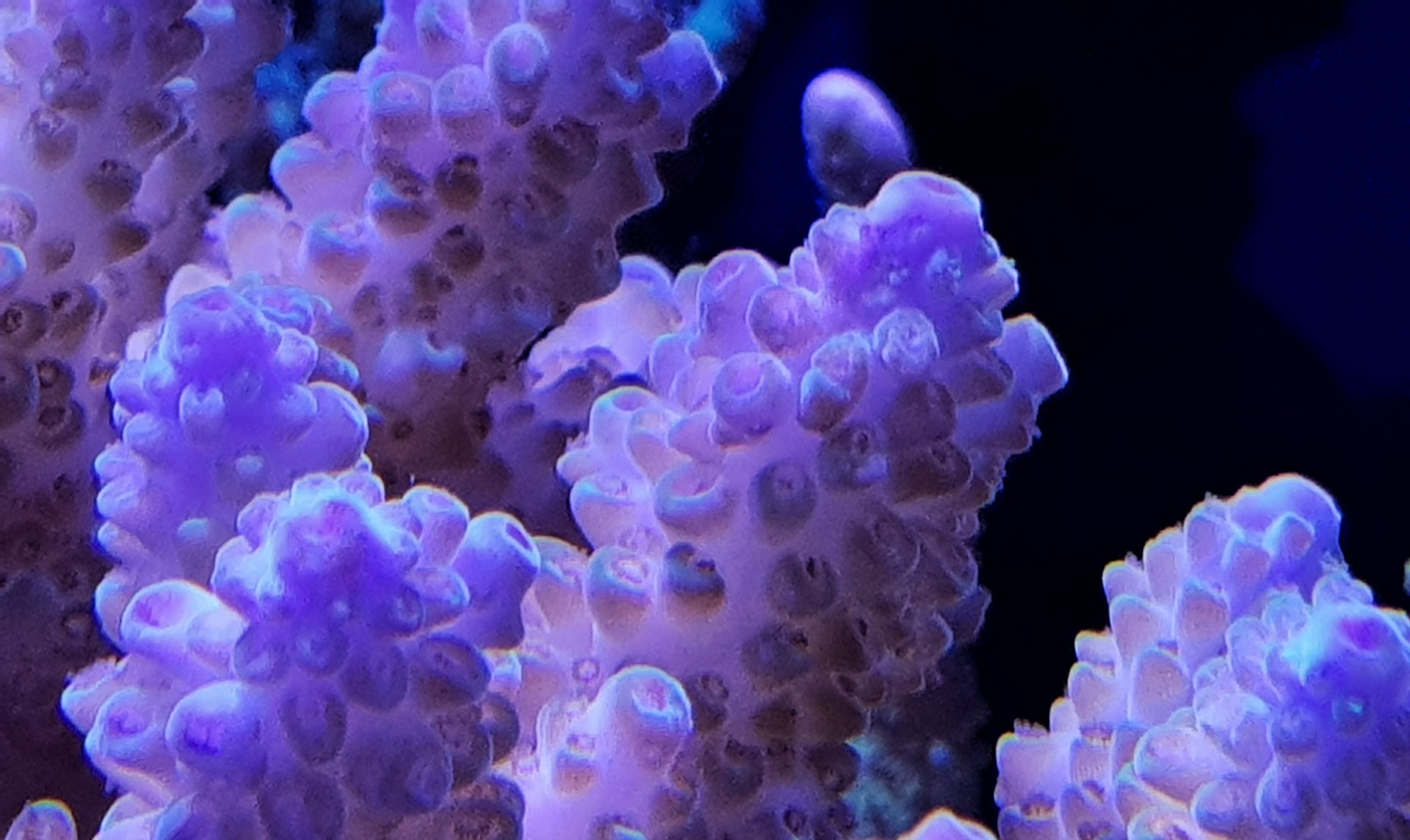
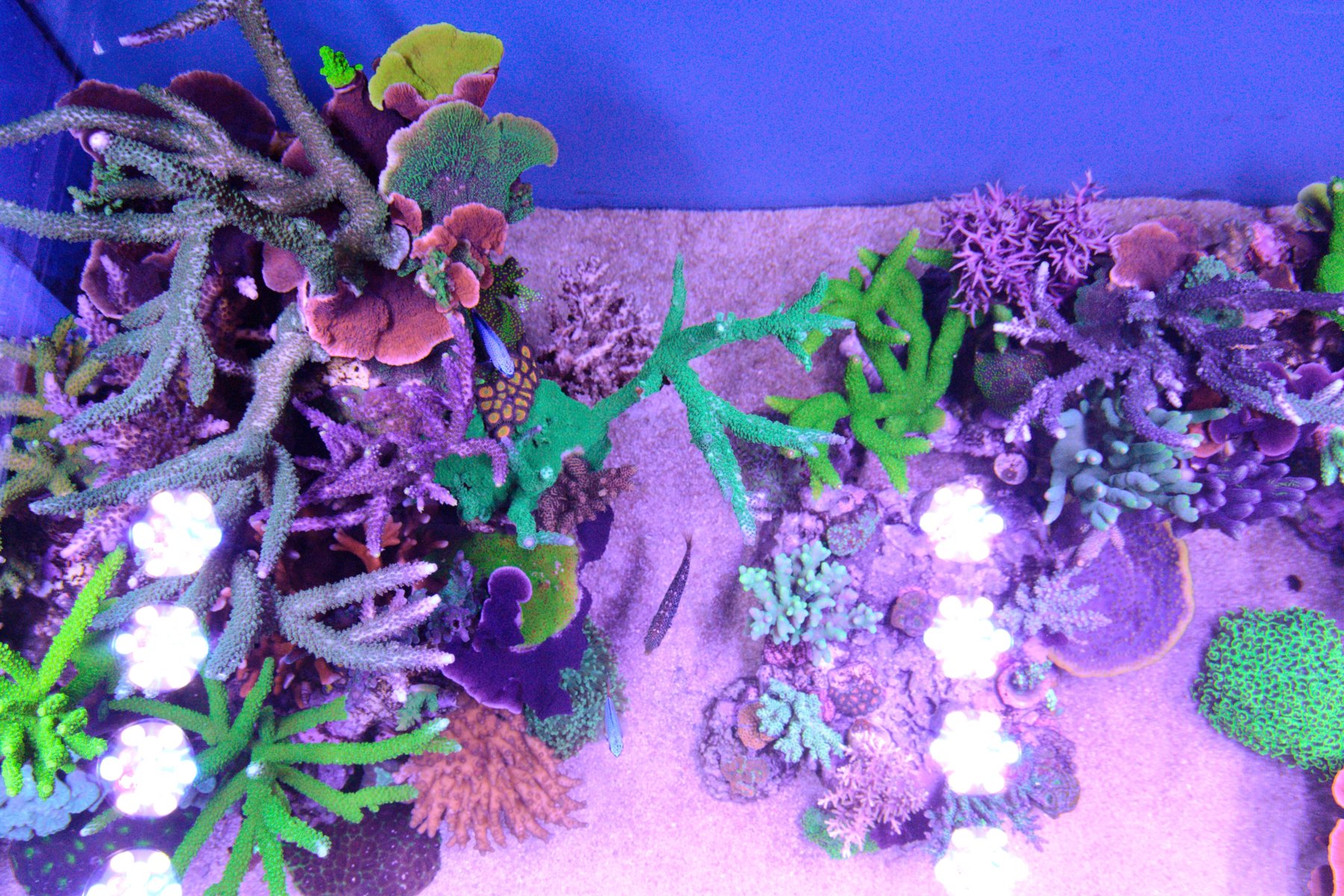
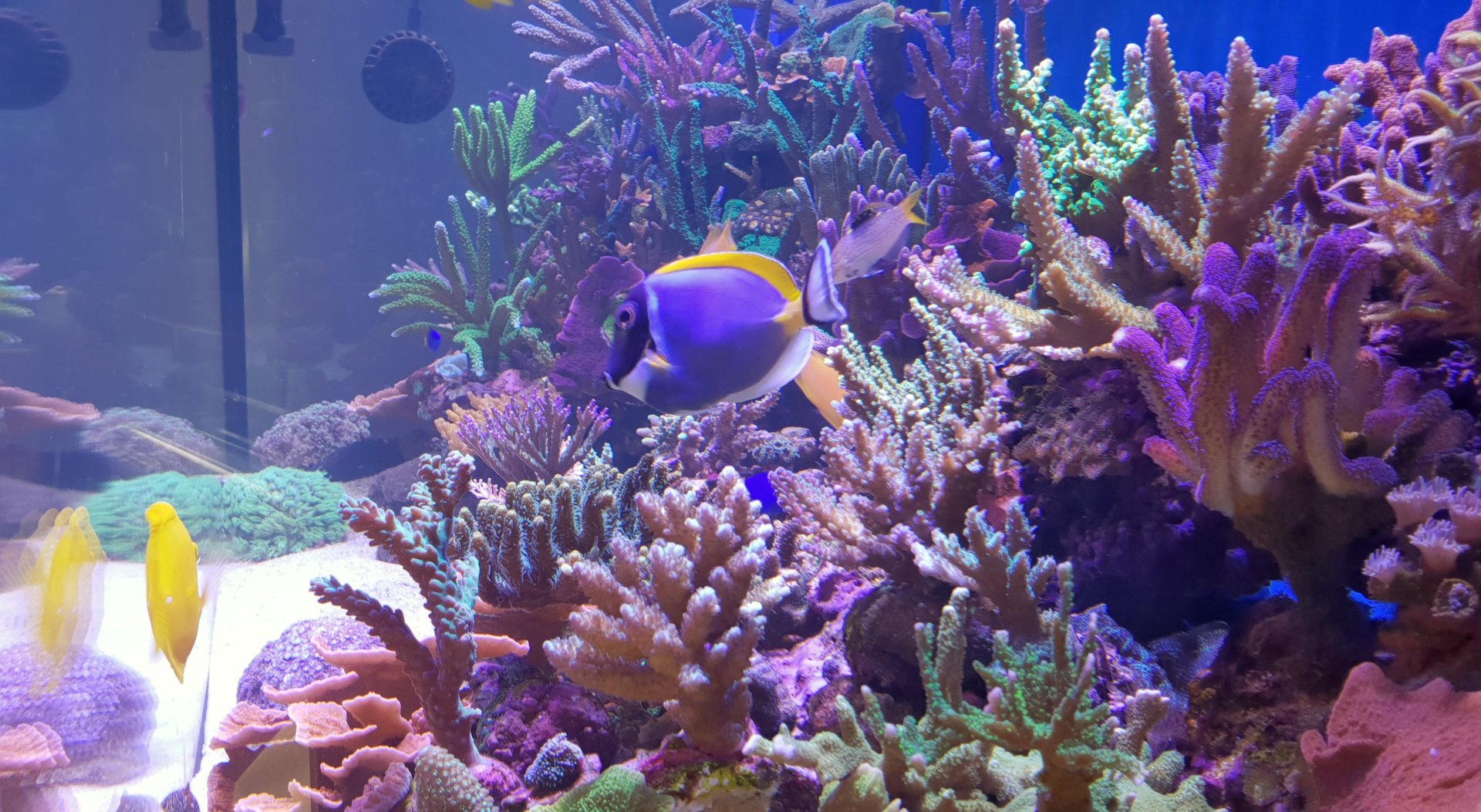
I encountered them in my own heavily stocked SPS tank, and on taking some advice from experienced reefers I was able overcome this pest and completely remove it from my system, using only natural means, and in my opinion the least stressful way for the corals. A friend has also just overcome a major infestation of AEFW in his tank using this method so I thought I would share this in the hopes it will help others overcome them too.
Obviously the best method of keeping these pests from entering your tank is to dip and quarantine each and every coral that you add to your tank.
I'm sure there are many other methods which people have been successful with, and in no way am I implying this is the best method, I simply want to share this in the hopes it may help others out.
For anyone that keeps Acropora SPS, the thought of having an infestation of these pests will give you cold sweats, I know it did for me anyway.
Here's a pic of my 5ft tank taken a month before I realized there was an issue:
3 weeks after this photo was taken I noticed some patchy areas of bleaching on a plating Acropora. On closer inspection I noticed eggs at the base of the coral on the underside. I've highlighted the eggs below. Notice also the patchy white areas
A coral dip produced some adult AEFW.
After dipping some Acropora colonies, no more FW were discovered, but after blowing down other colonies in my display using a turkey baster, I dislodged several large AEFW into the water column. I used the turkey baster to suck them back up and put them into a jar for closer inspection:
A nice close up photo of a AEFW:
So it was pretty safe to say that I had a good dose of AEFW. So the realisation soon hit home that I had to act quickly to prevent these pests destroying my coral collection. I quickly searched the reef keeping forums for peoples experiences and heard all sorts including:
- Bin every Acro coral you own
- Having to dip every Acro coral twice weekly
- Using fish to control the pest
I contacted some experienced reefers and asked for their advice, some of them I had never contacted before. Thankfully all of them got back to me and offered their thoughts/advice. One reefer, who also had experienced them before, offered me his advice, which I thankfully followed and which I will share with you.
So first off, to know how to beat these pests you must understand their life cycle and how/when/where they can be defeated.
AEFW survive by eating the coral’s tissue and normally laying their eggs around the base of the coral skeleton as seen above. The eggs will hatch after 21 days of being laid. Here is a pic taken by myself of an AEFW and its eggs that were laid on the front viewing pane of my tank.
There are some natural predators known to eat the AEFW, including some wrasse species. But these fish will only eat the adult FW and not the eggs.
Dipping the coral will also be successful in killing the adults, but any eggs will be protected from the dip and will simply hatch again when back in your tank. Dips can also be stressful to your corals, which may already be in a weakened state due to being eaten by the FW.
Also, having some large Acro colonies which are well based out onto your rocks, removing them is simply not an option.
So the advice I was given was as follows:
1. Add some known AEFW eaters. Halichoeres Wrasse are a good start. I also found my leopard wrasse to a dedicated AEFW killer. Pic below is of my Xmas wrasse (Halichoeres claudia)
2. Add some Camel shrimp (Rhynchocinetes Durbanensis) these will eat any FW eggs they come across. I added 2, one of which is pictured
3. Add a small group of yellow tail blue damsels (Chrysiptera Parasema), these fish live amongst the corals in the wild and will pick at any FW living on the corals. I added 5 to my tank
4. Blow down all your Acro corals using a turkey baster each evening.
So I added more Wrasse, the Damsels and the Camel shrimp. I was amazed at how many AEFW came off my corals when blown down with the turkey baster. I discovered that once the FW became dislodged and were free floating, all my fish became inquisitive and started to eat them. The FW eating was not just limited to my team of wrasse, my tangs also liked to get in on the action and ate them, much to my enjoyment!
I continued to blow down the corals each night, after a few days only a couple of AEFW were visibly being dislodged. This step was repeated each night for around 4 weeks after I saw my last FW, and every couple of weeks after that I would give the corals a good blow down to ensure the life cycle had been broken.
So in conclusion, this is the method that worked for me with minimal stress to the corals.
I hope anyone reading this finds it useful and I hope that no other reefer finds AEFW in their tank but the reality is very different unfortunately, and if you are one of the unfortunate souls then this is a method that may be utilized and I wish you well.
Here is a pic of my tank a few months after the infestation was first discovered. You can see how healthy the corals looked and had grown quite a bit.
Some other shots showing the corals after the infestation



